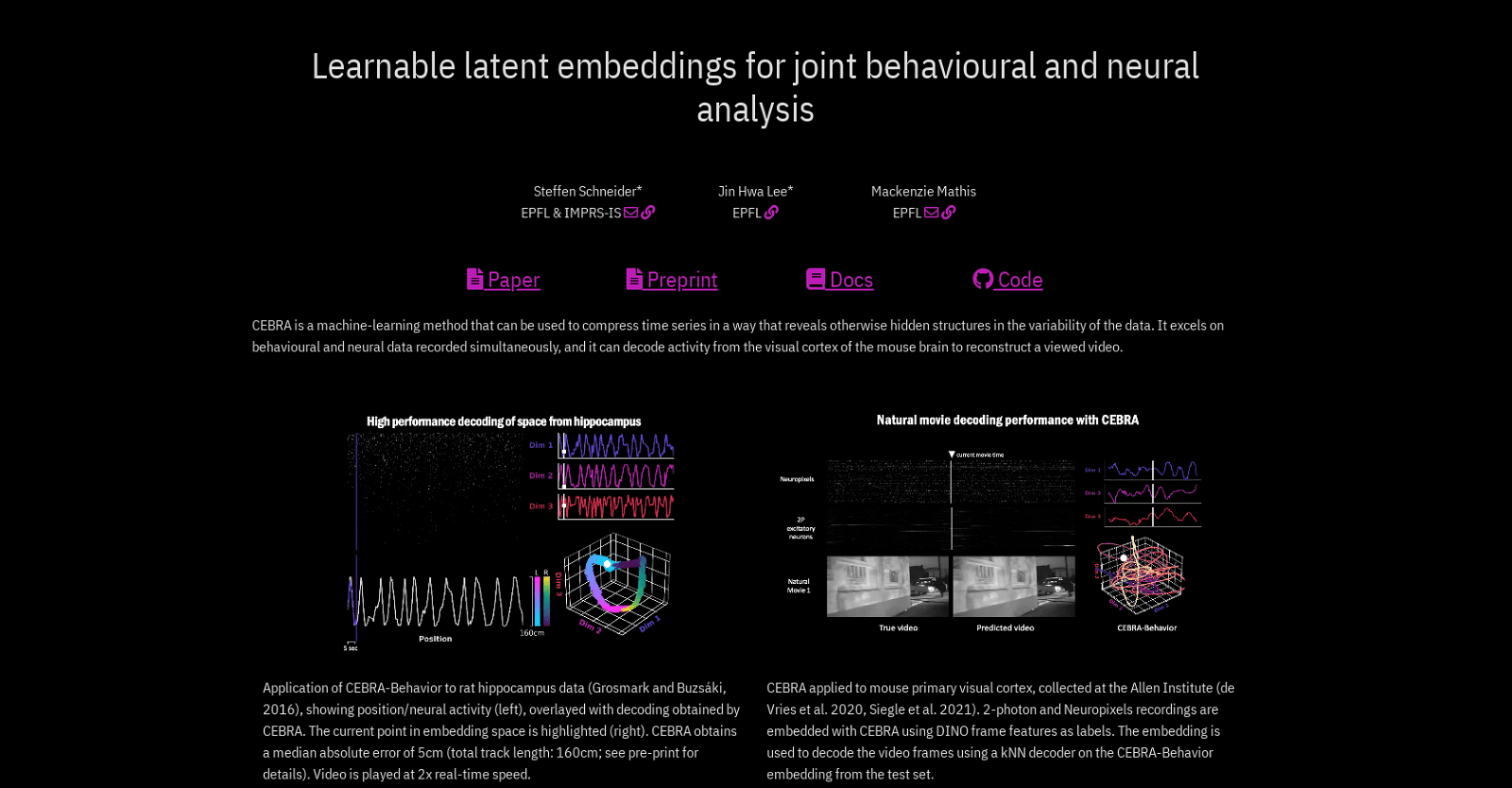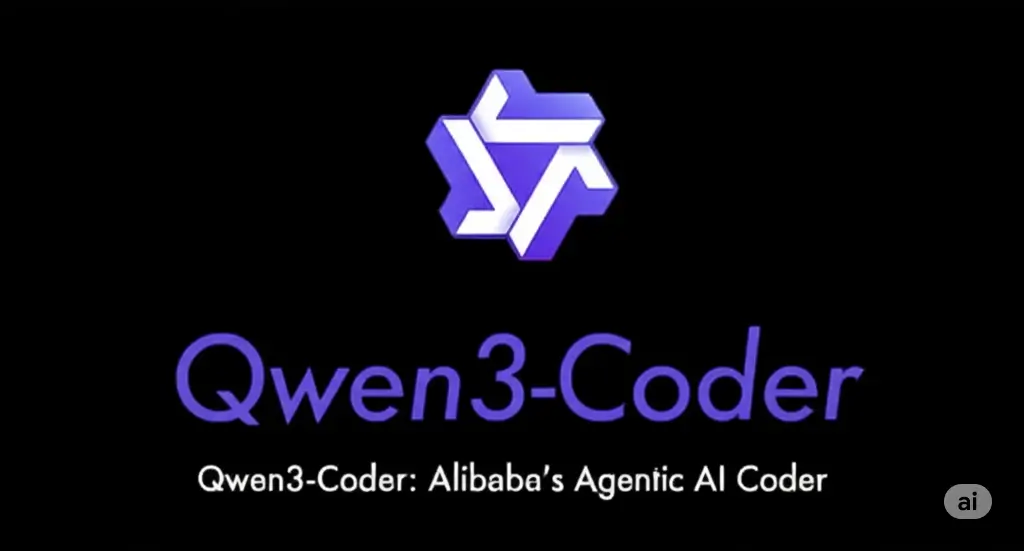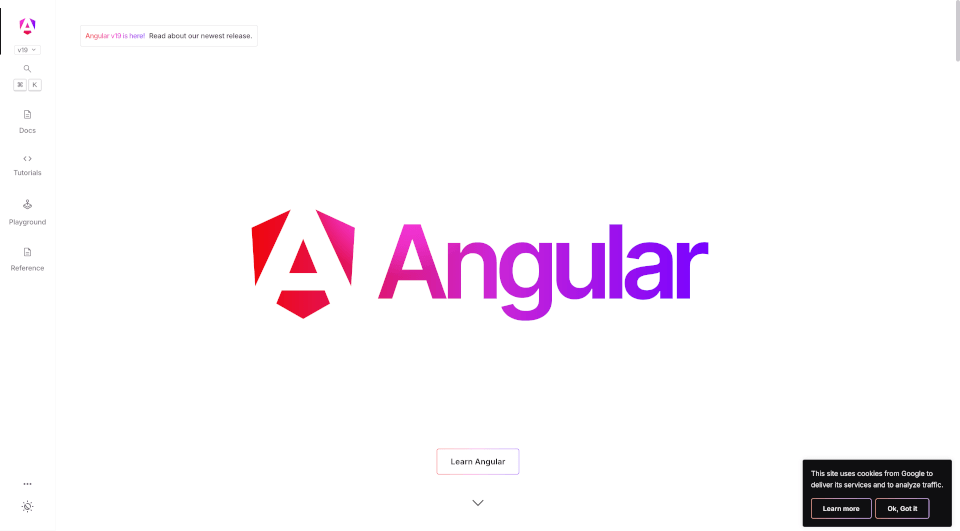CEBRA is an advanced machine learning tool designed to create robust and high-performance latent spaces by integrating behavioural and neural data using non-linear techniques. This enables precise mapping of behavioural actions to neural activity, offering insights into neural dynamics during adaptive behaviours and uncovering correlations underlying behaviour.
CEBRA generates neural latent embeddings suitable for hypothesis testing and discovery-driven analysis. Validated for accuracy and efficacy across calcium imaging and electrophysiology datasets, it excels in diverse sensory and motor tasks and accommodates both simple and complex behaviours across species.
Compatible with single or multi-session datasets and operating label-free, CEBRA effectively maps complex kinematic features and ensures consistent latent spaces across 2-photon and Neuropixels data. It also enables rapid, high-accuracy decoding of natural visual stimuli from the visual cortex.
The tool’s code is publicly available on GitHub, and a pre-print of its capabilities can be accessed on arxiv.org. CEBRA stands as a valuable resource for neuroscientists seeking to decode and analyze neural and behavioural data, revealing intricate neural representations underlying behaviour.
More details about Cebra
What methods does CEBRA employ to generate latent spaces?
CEBRA utilizes advanced non-linear techniques and machine learning algorithms to create robust and high-performance latent spaces from concurrent behavioural and neural data.
Where can I access the preprint of CEBRA?
You can find the preprint of CEBRA on arxiv.org.
Is the source code of CEBRA openly accessible?
Yes, the source code of CEBRA is freely available for use and modification on GitHub.
Does CEBRA focus on specific types of research or data?
CEBRA specializes in analyzing simultaneous behavioural and neural data to map behavioural actions to corresponding neural activity. This approach is particularly useful for understanding neural dynamics during adaptive behaviours and uncovering underlying correlations.








